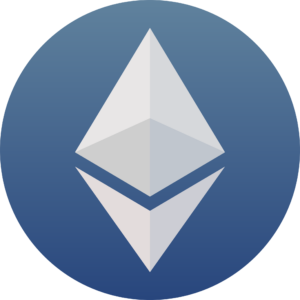 Ethereum Merge for Attorneys is yet another installment in a series to help busy executives take a dive into the new world of crypto in bite-sized chunks. The purpose of this week’s entry is to give the reader a basic understanding of the Ethereum Merge, how it is being implemented, and where thought leaders project it going. Here are this edition’s nuggets for the Ethereum Merge for Attorneys.
Ethereum Merge for Attorneys is yet another installment in a series to help busy executives take a dive into the new world of crypto in bite-sized chunks. The purpose of this week’s entry is to give the reader a basic understanding of the Ethereum Merge, how it is being implemented, and where thought leaders project it going. Here are this edition’s nuggets for the Ethereum Merge for Attorneys.
- If you have been paying attention to Ethereum headlines in the news, you may have heard about the big upgrade to ETH 2.0. Well, I have news for you. It occurred last night at around 11pm PT.
- The Merge is an upgrade to the Ethereum network that will move the system from a proof-of-work model to proof-of-stake (explained here in previous post). The result is that Ethereum will use 99% less energy.
- Ethereum is the second largest cryptocurrency with a market cap of over $200B and thousands of successful projects have been built on top of it including Polygon, Decentraland, The Sandbox, Chainlink, the OpenSea marketplace, the Brave browser, and even Tom Brady’s Autograph.
- Ethereum will use much less energy than it does now. Massive energy consumption has been a big hurdle for crypto adoption. Many institutions simply aren’t allowed to use it because of the carbon footprint. This is expected to remedy some of that.
- Since Ethereum will use less energy to run, the payouts will be lower. Experts have said that this means Ethereum will become deflationary.
- The upgrade will not make the Ethereum network noticeably faster. This upgrade the first of five major upgrades. Speed may, or may not, be the focus of a future upgrade.
- Fees will not be reduced by the upgrade. For context, transaction (“gas”) fees are imposed by Layer 2 companies that bridge use of the network and third party services. However, this upgrade will make it easier for those companies to scale, so it is conceivable that these savings will be passed down to the consumer.
- There is nothing you need to do to prepare for the merge. It is supposed to be a seamless. In fact, if anyone says you need to do something… run! They are scamming you.
Other articles in this series include: Web3 for Attorneys, Blockchain for Attorneys, Crypto Wallets for Attorneys, NFT for Attorneys, Crypto Mining for Attorneys, and Metaverse for Attorneys.

 Crypto Mining for Attorneys is yet another installment in a series to
Crypto Mining for Attorneys is yet another installment in a series to